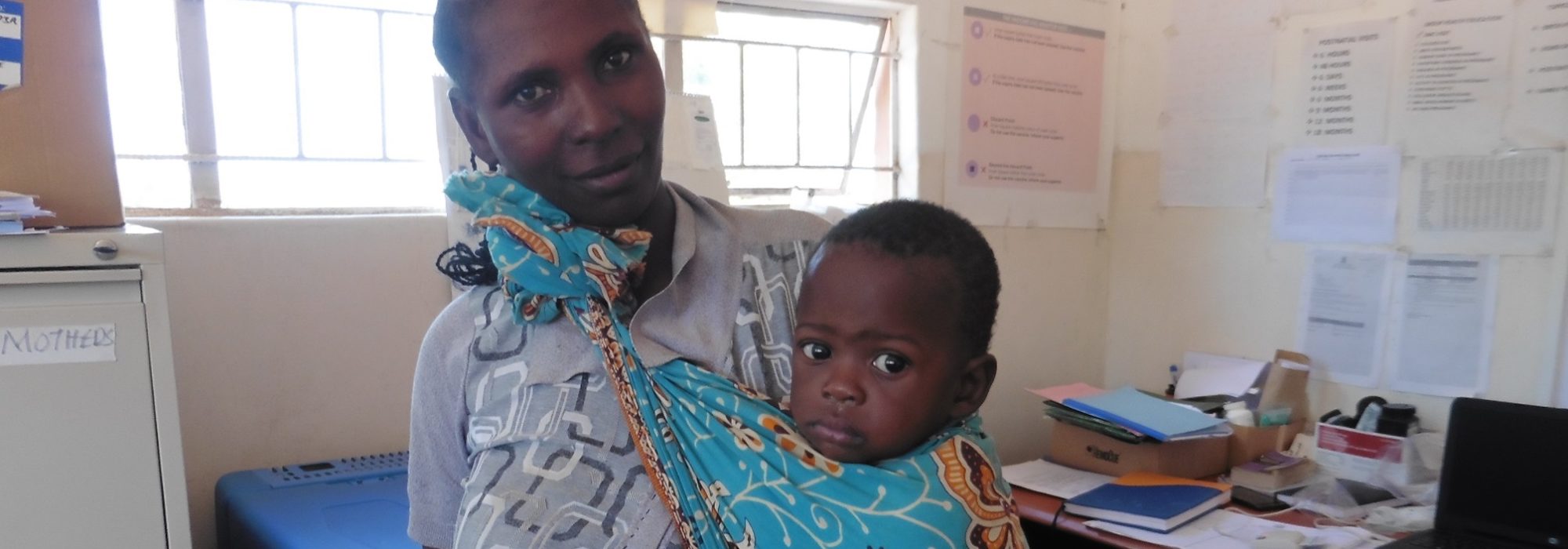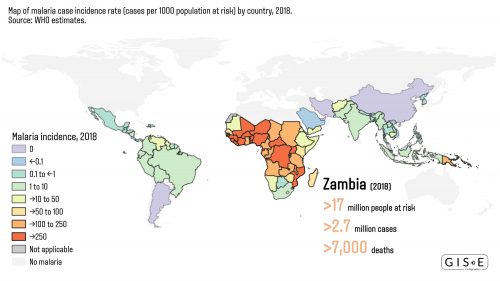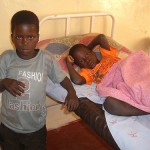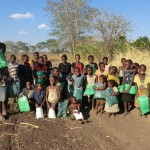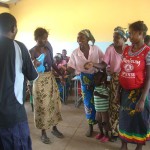EXTRACT FROM THE WORLD HEALTH ORGANISATION WEBSITE
Malaria is a life-threatening disease caused by parasites that are transmitted to people through the bites of infected female Anopheles mosquitoes. It is preventable and curable. There are 5 parasite species that cause malaria in humans, and 2 of these species – Plasmodium falciparum and Plasmodium vivax – pose the greatest threat.
- According to the latest global malaria report published by the World Health Organisation in 2022, there were 249 million cases of malaria in 2022. The estimated number of malaria deaths stood at 608 000.‘The new cause-of-death methodology was applied to 32 countries in sub-Saharan Africa that shoulder about 93% of all malaria deaths globally. Applying the methodology revealed that malaria has taken a considerably higher toll on African children every year since 2000 than previously thought.’
The WHO African Region continues to carry a disproportionately high share of the global malaria burden. In 2020 the Region was home to 95% of all malaria cases and 96% of deaths. Children under 5 years of age accounted for about 80% of all malaria deaths in the Region.’
Malaria disease caused by P. falciparum may result in death within hours or a few days of infection especially in those with a low immunity such as children, pregnant women, people with AIDS and travellers with little or no malaria protection. It can also result in the miscarriage of pregnant women, low birth-weight infants, developmental disabilities and other complications.
2023 – Distribution of mosquito nets in Nyawa schools
2022 – Further distribution of mosquito nets in schools
2021 – Distribution of 2,000 mosquito nets to rural schools where malaria is most prevalent
2021 – Insecticidal coating and larviciding in Moomba Chiefdom
2021 – Working in partnership with Medical Aid Films, using an animated film on ‘How to prevent malaria’ in the Kazungula District health facilities
2020 – Distribution of 2,200 mosquito nets to Bunsanga, Malimba, Chilaba, Moomba, Siamasimbi, Ndele and Chuunga Schools
2020 – Distribution of insecticidal coating and larviciding in Singwamba region, Nyawa Chiefdom and Moomba Chiefdom
2020 – Translation of an animated film, produced by Medical Aid Films, on ‘How to prevent malaria’ and distributed to Kazungula District Health facilities
2019 – Zero cases of malaria in Nyawa Villages after intervention
2019 – Distibution of mosquito nets to took place in Kamwi, Chuunga and Mambova & Musokotwane Schools
2019 – Larviciding – Ngwezi, Musokotwane Chiefdom
2019 – Completion of distribution of insecticidal coating and larviciding in entire Moomba Chiefdom
2018 – Distribution of 800 mosquito nets at Sikaunzwe and Kauwewa Schools
2018 – Larviciding through Moomba Chiefdom at Kamwi area of Mukuni Chiefdom
2018 – New programme in Nyawa Chiefdom with distibution of 650 mosquito nets, insecticidal coating in 170 dwellings and larviciding in ponds and streams
No case of malaria have been recorded since application from April 2018 until May 2019
2017 – 2018 – New programme in Moomba Chiefdom with distribution of mosquito nets, insecticidal coating and larviciding
Malaria cases recorded reduced between 60% and 90% from 2017
2017 – Pioneer programme – distribution of mosquito nets in schools. 1,450 given to every pupils and teacher at River View School
2017 – June, July and August no new cases of malaria reported in Mukuni Chiefdom
2017 – Only one case of malaria reported in areas where the new products have been applied, which was contracted from outside the area
2017 – The Butterfly Tree donates 2,000 mosquito nets
2016 – Mukuni Chiefdom records the lowest number of cases of malaria in the Kazungula District
In 2016 Zambia saw an increase in malaria, with outbreaks turning into emergencies in the districts of Ndola, Kazungula and Kabwe. Kazungula recorded over 9,000 cases, however the entire Mukuni Chiefdom had only 200, but only a handful in the areas where our new malaria prevention intervention was applied. Whereas Singwamba, in the Nyawa Chiefdom, recorded 3,245 cases and 12 deaths in children between the ages of 1 and 13 years.
2016 – The Butterfly Tree reports zero cases of malaria in Chuunga Village
The villages in the Chuunga Community used to have high cases of malaria, due to lack of prevention methods. In November 2015 The Butterfly Tree distributed an innovative malaria prevention initiative, using a safe insecticidal coating, in all the households. From the 1st January to 31st March no new cases have malaria have been reported. Over 1,000 households have been protected in the Mukuni and Sekute Chiefdoms.
2015 – The Butterfly Tree launches a new innovative malaria prevention programme
The charity has been granted a licence to for importation, storage transportation and distribution of new innovative products that could potentially save the lives of thousands of people. The first distribution of the products started in November 2015.
Malaria Statistics
According to the World Health Organisation in 2019, there were an estimated 229 million cases of malaria in 91 countries, an increase of 12 million cases over 2016.
Malaria deaths reached 409 000 in 2019 compared with 411 000 deaths in 2018
- Globally malaria is one of the biggest killers of man in low-income countries
- An estimated 3.4 billion people are at risk of malaria
- 94% of deaths occur in the WHO Africa Region
Map courtesy of GIS+E of malaria case incidence rate (cases per 1000 population at risk) by country, 2018. Source: WHO estimates.
Malaria incidence, 2018
0.1 to 1 1 to 10 =10 to 50 >50 to 100 >100 to 250 →250 Not applicable No malaria
Zambia (2018) 17 million people at risk, 2.7 million cases, 7,000 deaths
Help Prevent Malaria
Child deaths caused by malaria have halved in the last decade. Just £4 (US$5) will buy a mosquito net to help protect people from this destructive disease.
Our Malaria Projects
The Butterfly Tree helps to increase awareness and raise funds to assist Zambia’s fight against malaria. In 2015 a safe innovative malaria prevention initiative was brought into Zambia by The Butterfly Tree, with the potential to save thousands of lives. Inititally supported by Saga Charitable Trust and Medisave UK, followed by The Murphy Family Foundation, St James Place Foundation, and Rotary and Inner Wheel Clubs. It is proving to substantially reduce the number of malaria cases in the Southern Province of Zambia. The interventions include a safe insecticidal coating, which is harmless to humans and animals, and larviciding.
The charity also provides mosquito nets and educational workshops in remote villages and pioneered a project, ‘mosquito nets for schools’ in 2017. Early testing is imperative – though malaria cannot be cured it can be easily treated. Workshops inform the people of the importance of being tested and how sleeping under insecticide-treated nets can save lives. Community health workers provide a vital role in helping to prevent complications caused by malaria.
To further help the global fight against malaria The Butterfly Tree has been working with Medical Aid Films. They have produced a wonderful, animated video on malaria prevention, after which The Butterfly Tree had it translated into the local Tokalya language: Use this link to see the film entitled ‘How to prevent malaria‘
The film has since been circulated to all health facilities in the Kazungula District and is one of their major methods use to sensitize the people and for facilities that do not have any equipment mobiles phone communication is being used.

